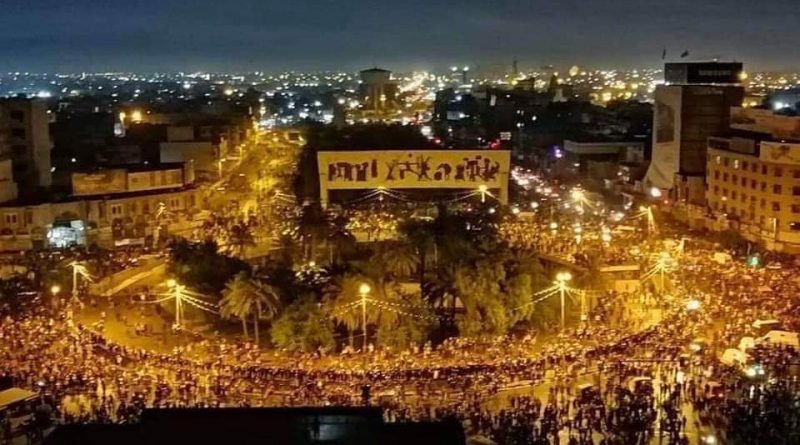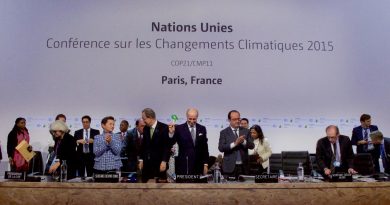Anti-Government Protests Intensify Ongoing Tensions in Iraq
Mark Stachowski
Staff Writer
Recent protests in Iraq have citizens and government officials on edge. Demonstrators in Baghdad clash with security forces, who have been using tear gas, rubber bullets, and stun grenades to fend off protesters, according to Al Jazeera. Upwards of 260 people have been killed since protests over lack of jobs and services began on October 1.
Human Rights Watch and Amnesty International investigations into the developing situation found that security forces used live fire and military-grade canisters on protesters in Baghdad, killing 16 people. Clashes in the southern city of Basra saw another 5 protesters killed.
Grand Ayatollah Ali al-Sistani, one of the most powerful religious figures in Iraq, blames the security forces for the outburst in violence and pushed for the government to meet the protesters’ demands as soon as possible. While al-Sistani’s vocalized support for the protesters is significant, some protesters are still unhappy with al-Sistani, complaining that he says things to try and stop the violence but does not actually do anything to help.
Anger has also been directed at Iran, which supports political parties and paramilitary groups that are involved with the central government and other state institutions. Many protesters blame Iran for the violence in Basra that killed many protesters, reports the Associated Press. The protesters demonstrate their resentment of the Iranian government by slapping their shoes, which are regarded as dirty in many Arab countries, against banners showing Iran’s Supreme Leader Ayatollah Ali Khamenei. In Baghdad, protesters painted a version of the Iranian flag with a swastika on the sidewalk so people can walk over it.
Prime Minister Adel Abdul Mahdi continuously tries to make strides in solving the unemployment problem with handouts for the poor, promising to crack down on government corruption. However, Mahdi’s efforts largely failed to satisfy protesters. In terms of the government, the protesters demand a new electoral system and the removal of all current political leaders.
Still, even as protests continue, support for Prime Minister Adil Mehdi increases. This is due to a number of reasons, according to The New York Times. Even as the protest situation worsens and Iran and the United States work with the Iraqi parliament to look at candidates to replace Mehdi, fear of another power vacuum in Iraq keeps Mehdi in office. Should Mehdi not be ousted, the parliament of Iraq and the governments of Iran and the United States will support him with the hope that he can work with protesters to alleviate current tensions.


